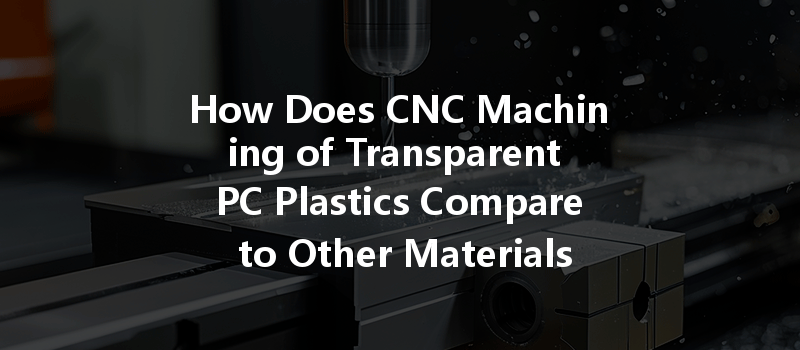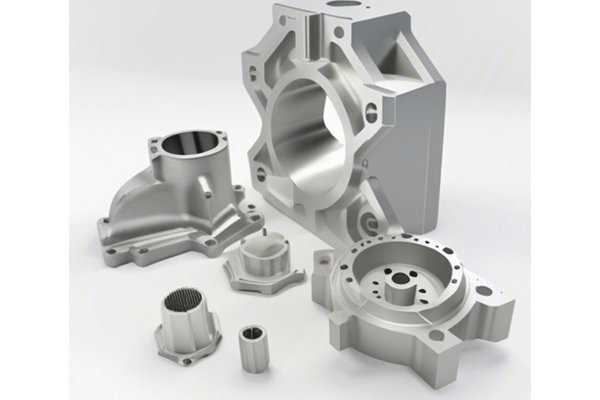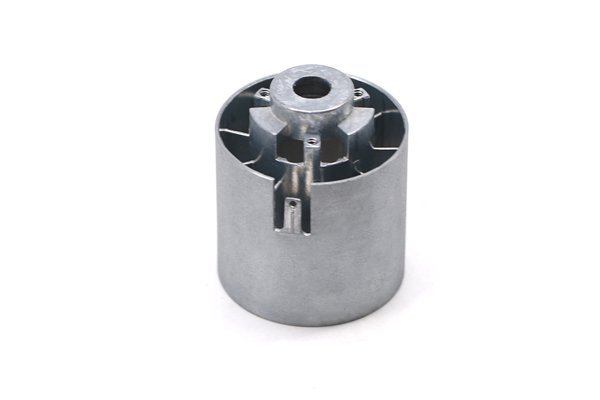Did you know that polycarbonate (PC) plastic is one of the toughest materials available today? With an impressive strength-to-weight ratio, it’s no wonder that CNC machining processes often utilize this incredible material. However, working with transparent PC presents a distinctive set of challenges and precision requirements compared to metals and other plastics. As industries increasingly turn to advanced manufacturing techniques such as CNC machining, understanding these variances is crucial for designers, engineers, and manufacturers alike.
This blog aims to dissect the specific precision requirements associated with CNC machining of transparent PC plastics, delve into the difficulties often encountered, and compare them with traditional materials such as metals and other plastics. Additionally, we’ll explore effective strategies for overcoming these challenges, ensuring that the final products not only meet but exceed quality standards.
What is CNC Machining?
CNC (Computer Numerical Control) machining is an advanced manufacturing process that utilizes computer software to control machines and tools for precision cutting and shaping of materials. By programming a series of commands, CNC machining ensures high accuracy, repeatability, and efficiency in the production of complex parts.
Advantages of CNC Machining
CNC machining offers several advantages:
Types of Materials Used in CNC Machining
While CNC machining can handle a broad spectrum of materials, different machines and setups may be required for each. Common materials include:
Mechanical Properties
Transparent polycarbonate is known for its robustness, often referred to as “bullet-proof” plastic. It exhibits high impact resistance, making it suitable for applications that require durability.
Optical Clarity
One of PC’s standout features is its excellent optical transparency (up to 90% light transmission), which is essential in applications such as automotive headlights and architectural skylights.

Heat Resistance and Stability
Transparent PC can withstand a considerable range of temperatures but may soften at elevated temperatures, requiring careful machining approaches to avoid deformation.
Applications of Transparent PC Plastics
The versatility of transparent PC places it in diverse applications, including:
Tolerances and Surface Finish
CNC machining of transparent PC requires tight tolerances—often between ±0.005 inches to ±0.010 inches—particularly for applications involving optical parts. The surface finish is equally important, often requiring treatments to maintain clarity.
Tool Selection and Cutting Parameters
Choosing the right tools is critical for machining PC without compromising its structural integrity. Solid carbide end mills or router bits with specific geometries are preferred. Furthermore, feed rates and spindle speeds must be optimized for the unique characteristics of PC, balancing speed with quality.
Temperature Management During Machining
Heat buildup during the machining process can lead to warping or melting of the PC. Effective cooling strategies, such as incorporating air or liquid cooling systems, must be employed to maintain optimal machining conditions.
Issues with Surface Finish
Achieving a high-quality surface finish on transparent PC can be challenging due to material smearing or haze during the machining process. This necessitates careful selection of cutting tools and fine-tuning of parameters.
Potential for Cracking and Splitting
Despite its strength, PC can crack or splinter if improperly machined. Stress concentration during machining can lead to failure, particularly in thin-walled parts.
The Impact of Tool Wear
Regular use of tools in CNC machining leads to wear, impacting the quality of cuts. Frequent monitoring and replacement of tools is essential to avoid defects in the finished product.
Contamination Risks
Being a transparent material, PC’s surface is prone to visible defects caused by scratches or contamination from the machining environment. Careful handling and cleanliness protocols are mandatory to mitigate these risks.
Selecting the Right Tools and Equipment
Utilizing high-quality, sharp tools made from hard materials can significantly reduce surface defects. Tool features designed to minimize friction, such as polished cutting edges, can help keep the cutting surface clean.
Optimizing Cutting Parameters
Finding the ideal balance in feed rates, spindle speeds, and depth of cut will minimize heat generation and improve surface finish. A slow feed rate with high spindle speed may yield better results for transparent PC.
Implementing Effective Cooling Strategies
Utilizing mist coolant systems or airflow cooling can help dissipate heat effectively. Additionally, taking breaks between cuts allows both the material and tools to cool down.
Post-Processing Solutions
After CNC machining, various finishing processes (e.g., sanding and polishing) can help improve surface clarity and quality, addressing any defects created during machining.
CNC Machining Metals vs. Plastics
While metals offer superior strength and rigidity, they tend to be heavier and more difficult to machine than plastics like PC. Moreover, CNC machining metals often requires different cutting tools and techniques due to their hardness and thermal conductivity.
Advantages and Disadvantages
Cost Considerations
CNC machining of transparent PC typically incurs lower material costs than metals but may require more investment in post-processing techniques to achieve the desired quality, adding complexity to budgeting.
Industries Utilizing Transparent PC
Many industries leverage the unique properties of transparent PC in their products, including:
Success Stories in CNC Machining
Several companies have successfully adopted CNC machining for creating high-precision polycarbonate parts. For example, an automotive company reported a 30% reduction in production time by streamlining its CNC machining operations for headlight lenses.
Navigating the complexities of CNC machining for transparent PC plastics reveals a fascinating intersection of engineering and artistry. As we’ve discussed, transparent PC adds unique benefits yet presents specific challenges that necessitate a detailed understanding of precision requirements and best practices in machining.
When manufacturers recognize and effectively address these challenges, the potential for high-quality components becomes substantial. This blog has outlined strategies from tool selection to machining parameters, which can vastly improve the precision and efficacy of CNC machining in this realm.
As the demand for advanced materials continues to grow, understanding the nuances of CNC machining becomes increasingly essential. Transparency isn’t only a characteristic of PC plastics—it’s also about fostering clear communication and knowledge within the manufacturing community to push the boundaries of what’s possible. By investing the time to optimize the machining process of transparent polycarbonate, manufacturers can unlock significant advantages in product performance and quality.
Make sure to leverage this knowledge in your next machining endeavors—it’s worth thinking about the transformative potential that properly executed CNC machining processes can bring to your projects!






